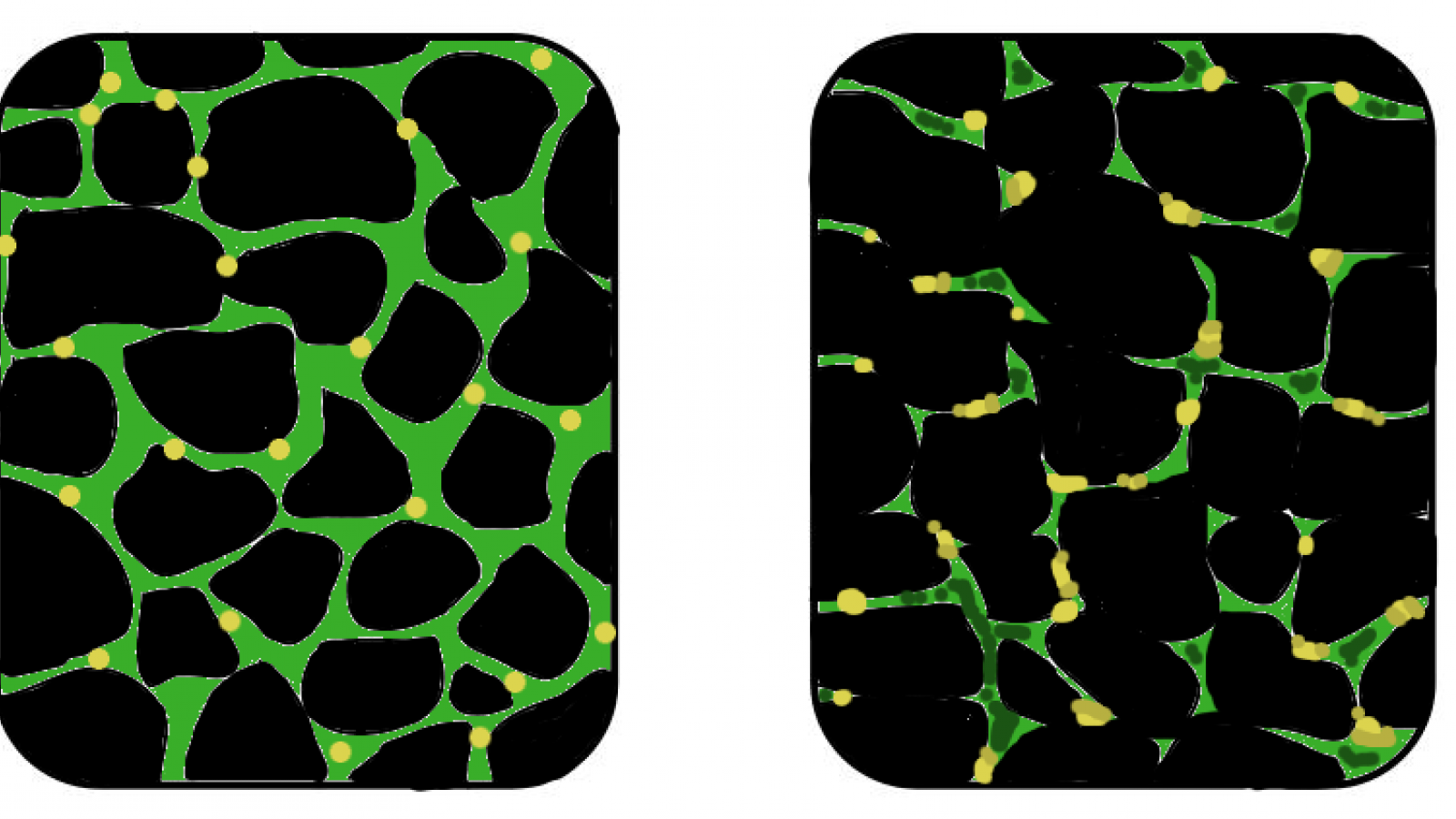Text to go here...
Muscular dystrophy (MD) is a rare genetic condition in which, slowly and progressively, the muscles waste. There are nine different forms of the condition, including Duchenne, which is the most common and most severe. Duchenne mainly affects boys - around one in 3,500 - and most affected children will need a wheelchair by the age of 11.
MD is caused by defects in the gene dystrophin. Although there is currently no cure for MD, new treatments are being developed, many of them using animals. Because certain types of mice and dogs are also affected by MD, study of these animals has aided understanding of the condition, its causes and how it develops. One naturally occurring strain - called the mdx mouse - carries a form of MD which is similar to Duchenne. This mouse has given many important clues about how DMD develops and how it might be treated in people
Using mdx mice, researchers are developing gene therapies which can slow down or even reverse the progression of Duchenne MD. Although it is very early in the development of these treatments, clinical trials are currently in progress with MD patients to look at the potential impact.
Another area of research for MD is stem cells. Researchers have found that muscle stem cells taken from newborn mice and injected into mdx mice have developed into muscle, nerve and blood cells and have also produced dystrophin, the gene which, if defective, causes MD.
This research is promising, but it will take time to ensure it is safe and effective for widespread use for those with MD.
For more information, see the AnimalResearch.info page on muscular dystrophy.
IMAGE©ISTOCKPHOTO/SHOOBYDOOOO

